By Robin Weckesser
For the first time, there are five generations in the workplace: the “traditional” generation (born pre-1945), Baby Boomers (1946-1964), Generation X (1965-1980), Generation Y (1981-1995), and Generation Z (after 1995). The convergence of multi-generations, combined with dramatic technological changes, economic pressures, and attraction and retention goals, have created significant new challenges to workplace design that companies need to address. In the past, we have seen three or four generations at a time but not vast differences in work behavior. While the multi-generation workplace is in part a managerial dilemma, supporting the unique attributes/work styles of each generation has become a workplace design challenge. Today, architects and project managers must develop work environments that reflect the culture, brand, support hiring, enhance productivity and boost the bottom line in creative ways. The challenge is creating a healthy balance that addresses the commonalities of each generation and aligns with the goals and objectives of the organization.
As part of planning an alternative workplace strategy, the design team and the project manager, in addition to traditional programming, need to look at the demographics within today’s workplace.





Sorry, the comment form is closed at this time.